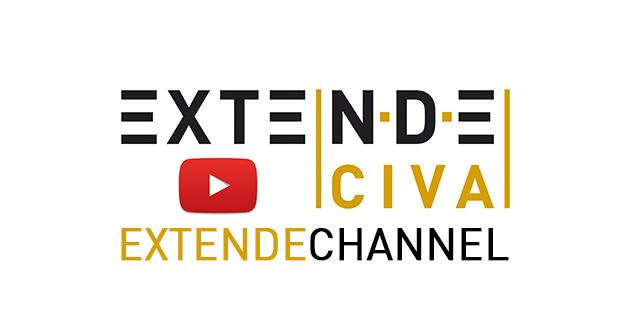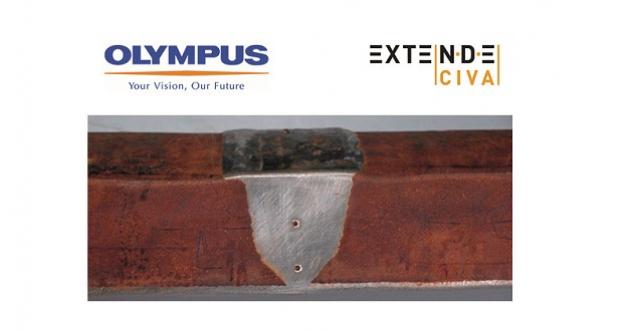02.042016A new video on EXTENDE's YouTube Channel : CIVA EducationCategory "CIVA Software" | No comment

The EXTENDE team

The EXTENDE team

Together, Olympus NDT and EXTENDE are co-hosting a workshop on inspection of bi-metallic welds for the French NDT community.
This technical day will focus on case study of a bimetal weld.
This seminar will take place in Paris, France and will present the compatibility between OLYMPUS and EXTENDE equipment, and how it can help you with the setting, inspection and analysis of a weld.
Including presentations and practical applications, the day will last from 9:00 to 17:00, and be hold held in the Novotel of Paris Gare de Lyon.
You can find out more, including a schedule of the day’s events here
You can contact Ms. Caroline Quintanilha for more information about this event.
The EXTENDE team
We believe that high quality and innovative Non Destructive Evaluation (NDE) will make our world a safer place and will help preserve the environment.
Therefore, our mission is to bring the benefits of Simulation and NDE Development Methodology to the NDE Community.